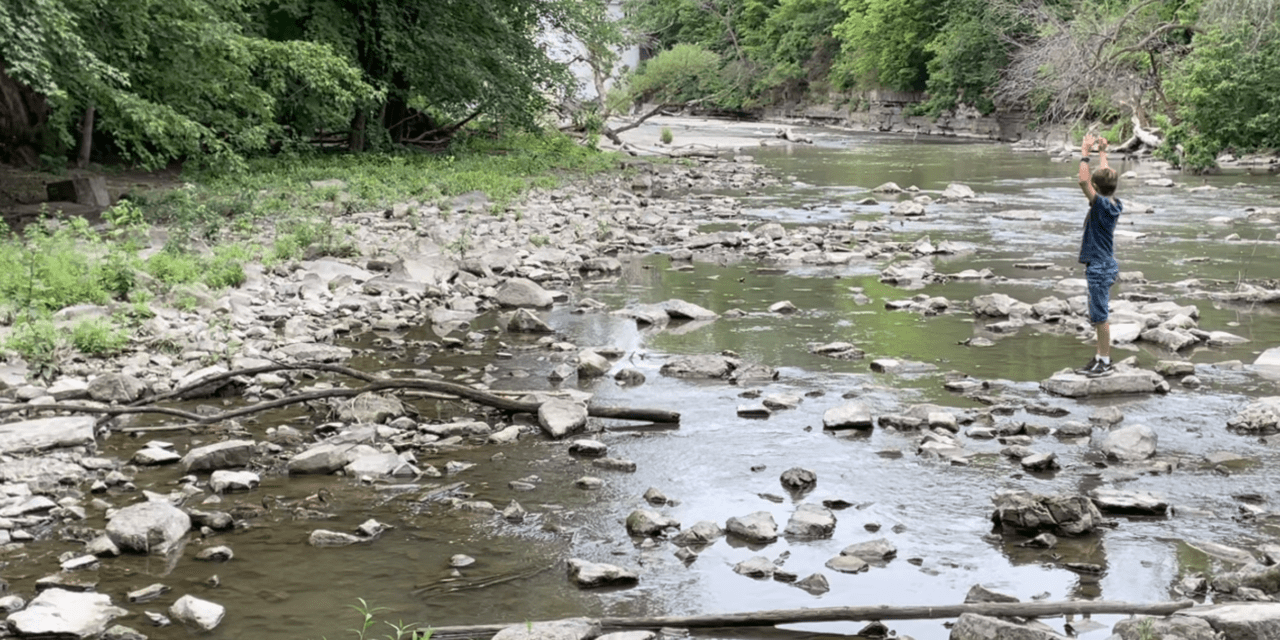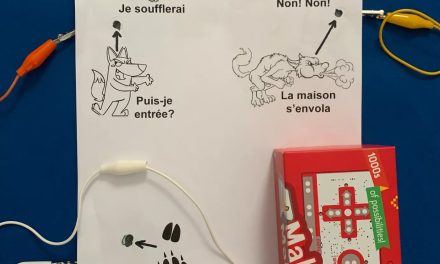It’s no surprise that I ended my last blog post, Questions in the History class, with a quote about language from Ludwig Wittgenstein. In University I was influenced by one book, well above all the others. And this book told me no truths, and it revealed no answers. In fact, it only asked questions. The book contains hundreds of questions posed about representation, language, life, and more specifically about philosophers and their “unbalanced diet” of arguments that always focus on “only one kind of example”. Wittgenstein’s immensely important book opened up a door that I have never been able to, or wanted to, close again. The door of not ever knowing anything for sure? Maybe. But I am okay with that because it also opened up other doors, like those of curiosity, critical thinking, and admittedly a healthy cynicism. In my last post, I reflected on the use of essential questions as I ventured into the slippery nature of language itself. I explored different uses for questions to better direct and encourage students to delve deeper into their learning as a means to allow students to tell a history that means something to them.
My goal in writing these posts is to reflect on the use of questions in History and other Social Sciences. The endgame for this train of thought is to keep things open-ended, whereby students are permitted, and even encouraged, to ask more questions than they may ever end up answering. I believe that questioning can free up a learner, to explore further, to understand things at multiple levels and in multiple directions. In this second/follow-up blog post, my goal remains not to find any one approach or one solution to anything. I propose to move through a few more thoughts on questions, to more questions on thoughts, like stepping over stones across a river, occasionally dipping my feet in further than expected.
Yes, she even mentions Socrates!
I recently stumbled onto this great article by Elena Stevens, where she tries to sum up a few useful ways about how we can improve our use of questioning in the classroom. She emphasizes that teachers need to be conscious of the way they use questioning in their teaching:
There are a number of strategies that we can integrate into our teaching to help facilitate students’ development into “active meaning makers”. The benefits of these strategies will be enjoyed both in the short and long term, as students are encouraged to think more deeply, process information in different ways, and express their ideas with greater nuance, precision and creativity. […] Planning the questions that we might ask of students in the course of a particular lesson or enquiry is a productive exercise.
She then shares different types of questions teachers could actively try to include:
-
- Affective questions (those eliciting expressions of value, importance or even emotion);
- Probing questions (those requiring elaboration or further explanation);
- Higher-order questions (questions to which the ‘answers’ needed to be figured out or reasoned);
- Divergent questions (those without definite, prescribed answers); and finally,
- Factual questions (those requiring the recall of specific information).
While this might seem to put a lot of pressure on teachers, to be continually covering a number of bases when using questions, I see it more as a way to think about, and then run with questions that are likely to come up anyway, given the way our history and geography programs are currently structured around competency-based learning.
Unlike many of you, my experience as a history educator did not start with a short-answer-question student workbook sold to accompany the government-approved textbooks provided to my school. When I jumped out of my English and History teacher’s shoes and into a Consultant role for the Social Sciences, the reform in Quebec was just beginning. New approaches to learning were already being loudly shouted out, and students were already being expected to confront meaningful, open and complex “situations”. They then had to solve these situations, by both gaining and then using knowledge, as well as by analysing and reasoning, in order to find answers that work.
The situation is open if it enables students to explore several possible solutions rather than calling for a single solution or one right answer, should involve various tasks and should favour the use of several different research media. A learning situation may result in the production of different types of work by students.
– QEP program for HCE
And so, we constructed these so-called “learning situations”, which more often than not emerged as surprisingly similar to older unit-style collections of strategies and resources. But now we included the notion of a historical method, whereby hypotheses and specific questions focused student learning. “Good questions are central to the historical method …[…]. Historians pose questions about the past. They examine the available evidence and develop answers to their questions.” (UMBC History Labs).
There were many opportunities for us to flex the kinds of questions that Stevens mentions in her article. However, these questions still tended to be highly directed towards one or two slants, or what were called “designated focuses”, which themselves were even noted precisely in the program itself. Our learning situations did allow for some flexibility – in terms of aspects like where and what one could research, and also as concerns student opinion and positioning, and even different options for creative productions. However, in the end, our learning goals still remained relatively fixed: on the official and prescribed directions for thought, and then even on specific knowledge, and even on a new list of example facts they came up with that was even logged in an official and interminably long list they called the “Progressions of Learning” (Old 2010 progressions & an FYI).
Finding a direction
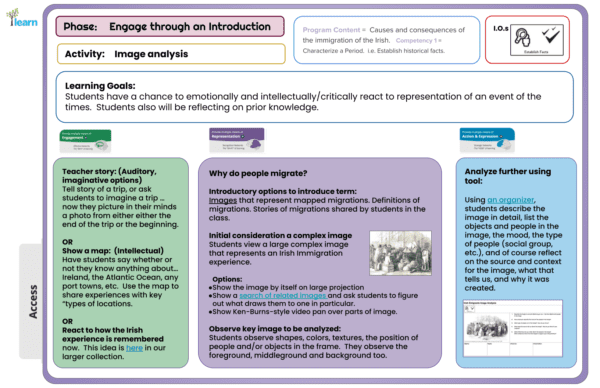 Suddenly I was now seeing those essential and sub questions included in our learning packages in a different way, more like the occasional hanging lantern, designed to shine light over the paths that students could take, as they move forward and through the current of challenges and choices that the materials we provide could offer. In my last blog post, I talked briefly about counter-histories, local histories, and other lines of questioning not specifically designed in the programs. Indeed, even along those paths student must acquire certain knowledge, must reach certain milestones, but the paths they choose to take those histories can often be unique, as can be their personal experience of the journey.
Suddenly I was now seeing those essential and sub questions included in our learning packages in a different way, more like the occasional hanging lantern, designed to shine light over the paths that students could take, as they move forward and through the current of challenges and choices that the materials we provide could offer. In my last blog post, I talked briefly about counter-histories, local histories, and other lines of questioning not specifically designed in the programs. Indeed, even along those paths student must acquire certain knowledge, must reach certain milestones, but the paths they choose to take those histories can often be unique, as can be their personal experience of the journey.
Nowhere did that realization come forth more powerfully for me than after a few recent investigations we have been making into UDL principles here at LEARN. UDL or Universal Design for Learning refers to “…a variety of teaching methods to remove any barriers to learning and give all students equal opportunities to succeed. It’s about building in flexibility that can be adjusted for every student’s strengths and needs.” For me, that meant thinking about flexible and accessible options throughout every phase of a learning process. So, after reading through several useful UDL Guidelines on the Cast site, I developed a template I could use that offered reminders and space for outlining a variety of types of considerations, as the steps in a learning activity evolved (It is available at the bottom of the the page on Irish immigration or directly in this Google Slide teacher guide.)
What interests me here though is the notion of focusing on key teaching goals (and ultimately key questions) that became evident and central to the template. UDL thinking led me to reconsider my ultimate goals for each part of a lesson, to take small steps and focus on a key point or two at a time. In a recorded session I gave to a group of teachers on using the template for one of the learning phases (the Engage Phase), I showed that goals are necessary, and that by keeping a balance between focused and open goals, students are helped to find their own path. How the students find their way is not necessarily the most important thing; instead, it is that somehow they deal with questions or goals or targets on their own terms.
Honing one’s abilities
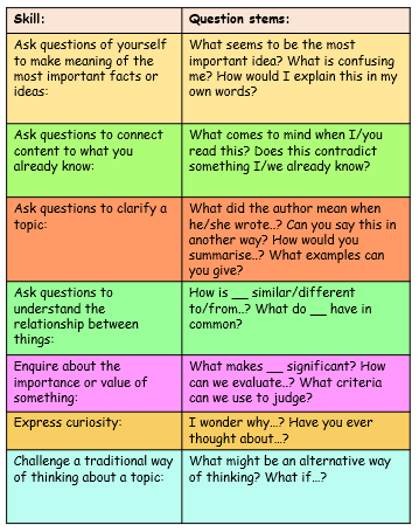
Adapted from Walsh’s questioning rubric published in 2019 (as cited in source)
Let’s get back to the skills aspect of exactly how to ask questions, because these skills can help students too, not just in History but in every subject. And what they learn will carry on with them in life and work, yes, even after the exam is over!
Again, Let’s look at Elena Stevens’s article, How can we improve our use of questioning in the classroom? Apart from the advice it offers to teachers, it also goes on to share some great tips that students can use too. For example, “students might themselves benefit from the notions of posing different types of questions”. Stevens elaborates by referring to Jackie Walsh’s framework, saying, “Walsh’s framework (adapted below) could be displayed to students, with students asked to concentrate on posing questions corresponding to certain skills. […] The activity might help to encourage greater independence and metacognitive reflection among students, too: at certain points students could simply ask themselves some of the questions, rather than posing them verbally to the teacher or to their peers.”
The notion of providing students with a grid or a guide for developing questions is not new of course. But I did not want to forget to include it in this article, because it helps provide a structure that students often need, and the notion can be adapted to help focus questioning in myriad other ways. As mentioned in my last article, questions can lead one in all kinds of interesting directions, and sometimes those question structures can help students to defocus and refocus for a second too. They can help them to filter knowledge through an awareness of an alternative counter-history to that in the program’s national and often colonial narratives.
There are many tools available across the thousands of resources provided by LEARN which help to suggest other routes to developing questions. In the last article I mentioned a tool called, Working with starter questions about … Who lives/lived here? That one was set up to focus on a particular topic (Migrations, but for a local area) and it featured several helper categories and question types to help students get started. But even in other tools that are not ostensibly about writing and asking questions, it’s worth thinking about them in that way.
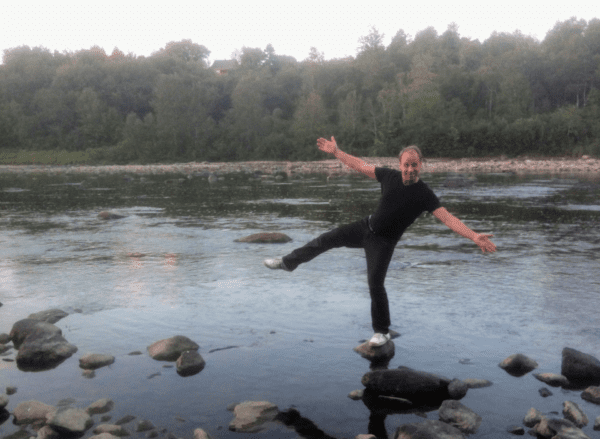 For example, take the Interpret a Picture How-To, available through a developing Toolkit section of that same student History site. It moves students through a process: one of considering their own first impressions, of identifying sources, and then of establishing contexts. But the thing is, all those sections, could be used to formulate, ask and then explore questions, not just the final section that does have a dedicated graphic organizer for Questions about it… Wondering, searching, finding and reflecting.
For example, take the Interpret a Picture How-To, available through a developing Toolkit section of that same student History site. It moves students through a process: one of considering their own first impressions, of identifying sources, and then of establishing contexts. But the thing is, all those sections, could be used to formulate, ask and then explore questions, not just the final section that does have a dedicated graphic organizer for Questions about it… Wondering, searching, finding and reflecting.
If you are looking for opportunities to build tools and direct students to writing up their own questions, then you will see that opportunity in many of our strategies and resources. And to repeat the point, when students develop their own questions, they own that part of the process. The path they take across the current is unique to them, as is the moment they stop to look up, see and discover something new.

